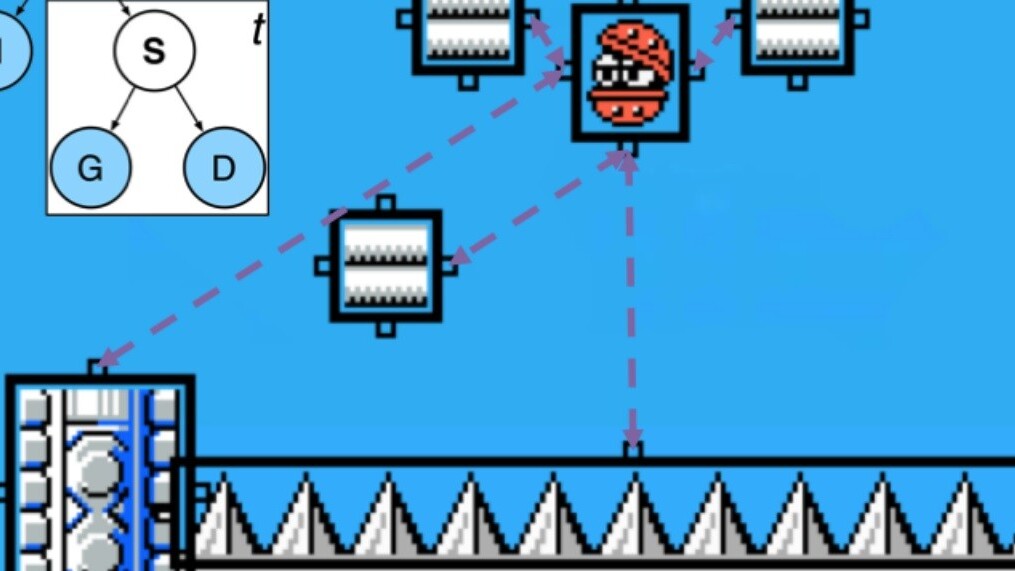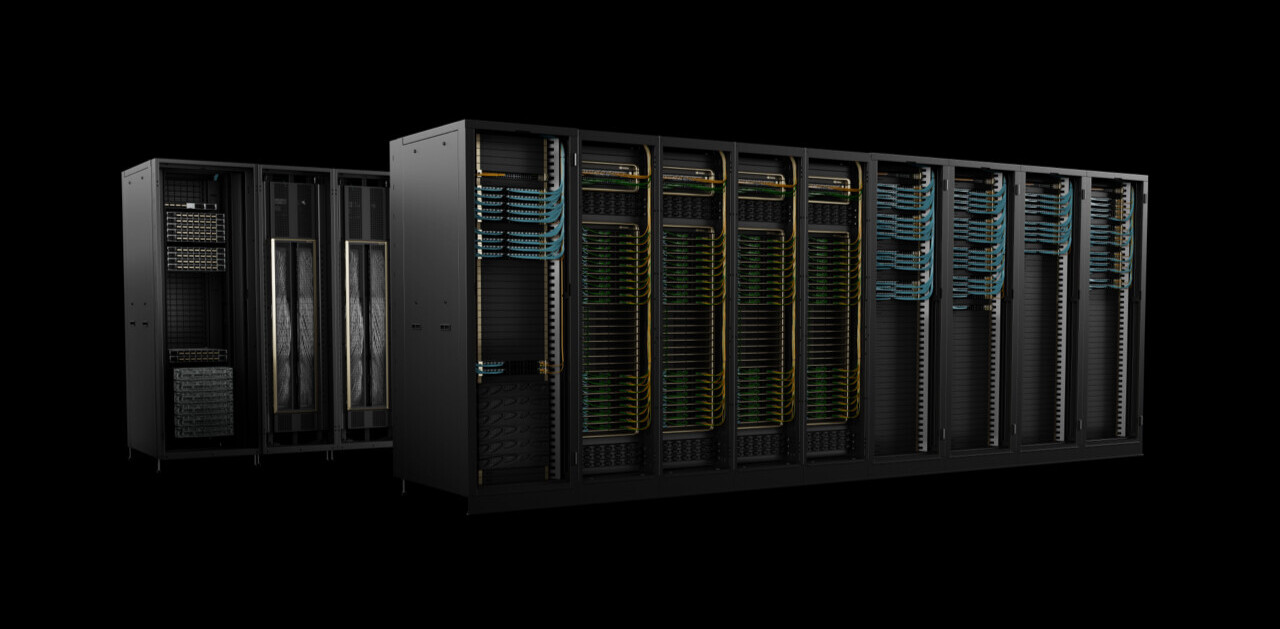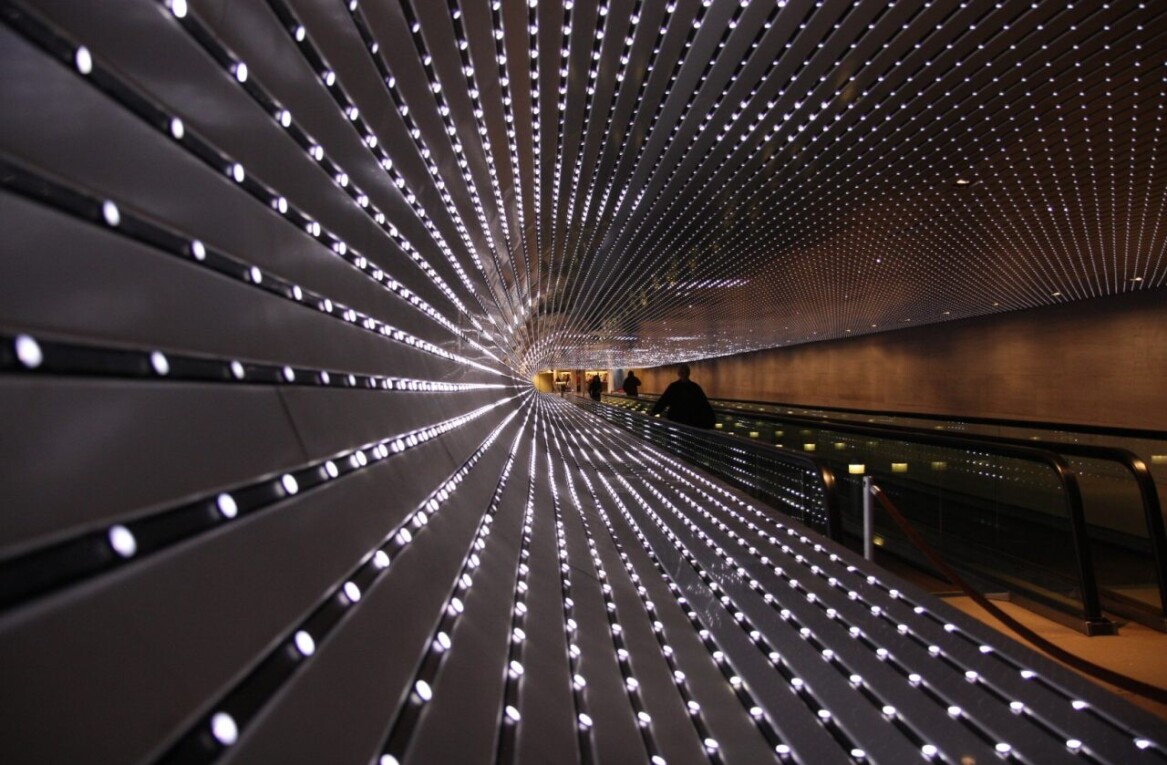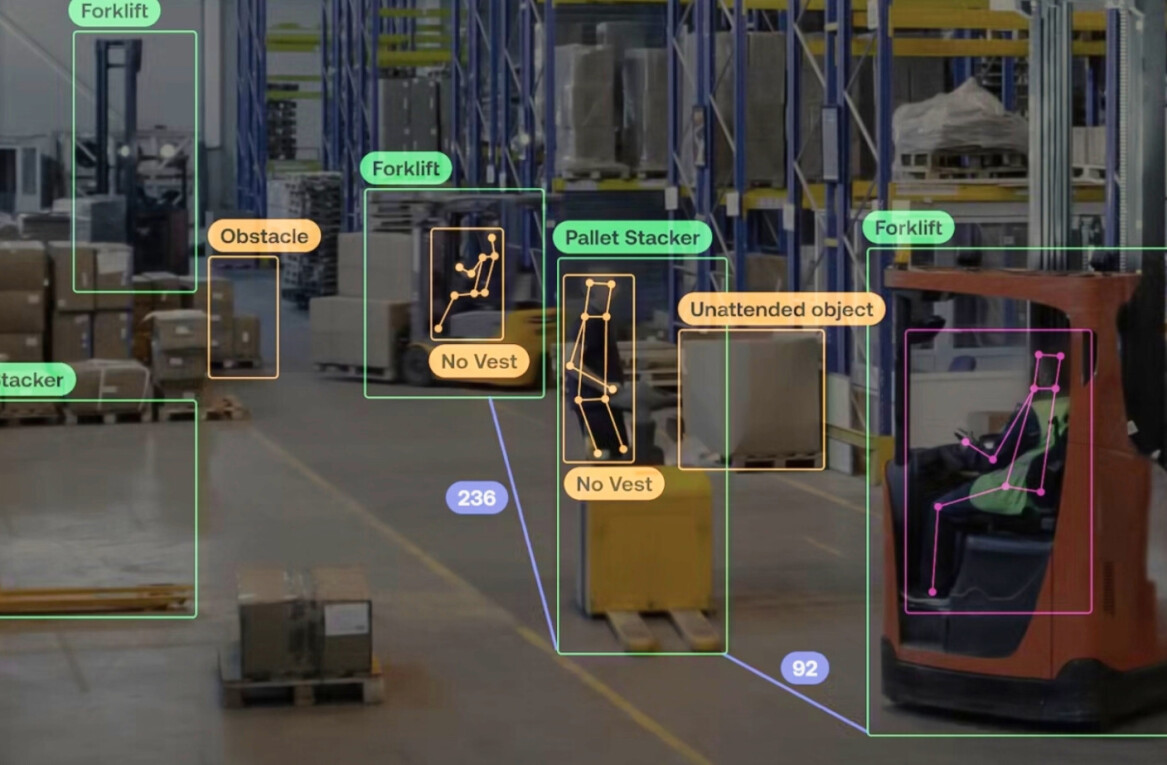
A pair of computer scientists from Georgia Tech developed a machine learning-based method to automate the generation of novel video games. It’s the first of its kind and could lead to the democratization of game creation.
Making a video game is hard work. Today’s modern AAA titles are developed by teams of dozens or even hundreds of expert computer programmers. Most of those teams use AI and machine-learning algorithms to ease development burdens – especially in popular engines like Unity – but until now there hasn’t been a way to automate the creation of an entirely original game.
Matthew Guzdial and Mark Riedl, researchers from Georgia Tech’s School of Interactive Computing recently pre-published a paper titled “Automated Game Design via Conceptual Expansion,” which they believe lays the groundwork for creating one.
The conceptual expansion algorithms work by taking input in the form of video game levels from already developed games and converting them into an output that lays out the environments, objects, and rules for a new video game.
According to the white paper:
The process is as follows: we take as input gameplay video and a spritesheet. A spritesheet is a collection of all of the images or sprites in the game, including all background art, animation frames, and components of level structure. We run image processing on the video with the spritesheet to determine where and what sprites occur in each frame. Then, we learn a model of level design and a ruleset for the game. We then merge the representations of level design and game ruleset into what we call a game graph.
The developers can take those ‘game graphs’ and turn them into playable levels of a game – one entirely developed by a computer. According to the researchers there’s nothing else like it, the paper concludes “To the best of our knowledge this represents the first machine learning-based automated game designer.”
The game graphs the researchers made to demonstrate the efficacy of their system were derived from input from three different Nintendo games: Mega Man, Super Mario Bros., and Kirby’s Adventure.
To prove their system was creating playable games, the researchers actually tweaked it to take input from two of the games and spit out something similar to the third, without ever encountering any data about the third game. Basically, they fed the program Super Mario Bros. and Kirby’s Adventure to see if it could spit out Mega Man. In all but one test it beat existing methods for level generation in accuracy.
This early work is impressive, but it’s not quite ready to replace human devs. Currently it only generates platforming games that are “playable” in the most basic sense of the term. However, the researchers believe further development could lead to the automated development of games with 3D environments and complex rules and menu systems.
Maybe the future of gaming isn’t huge companies trying to develop games that appeal to as many people as possible, but having a computer make games designed specifically for the tastes of the individual.
Get the TNW newsletter
Get the most important tech news in your inbox each week.




